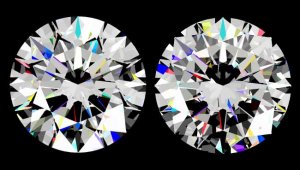- Joined
- Aug 15, 2000
- Messages
- 19,235
This site can help you understand what sergey means.Date: 4/2/2007 12:47:58 PM
Author: Serg
Big part table in RD with table +60(65) try collect light sources in direction +45 degree . Usually light is on central part ceiling and in central part wall. Light sources in corner between ceiling and wall are to rare.
real light distribution is much more complex then hemisphere with square cosines or Blue-Red-Green ASET.
It is a very powerful tool and one that lead Sergey to the ETAS concept.
But unlike the AGS approach to fire, it still does not do what ETAS can - and that is adjust for human attributes
e.g. a flash of fire can be so bright that it flares and appears bigger to us than it actually would be if it were assessed digitally
edited to add the link: http://www.cutstudy.com/cut/english/comp/scint1.htm (it is nearly 10 year old site and Microsoft browsers might need some setting adjustments)






300x240.png)